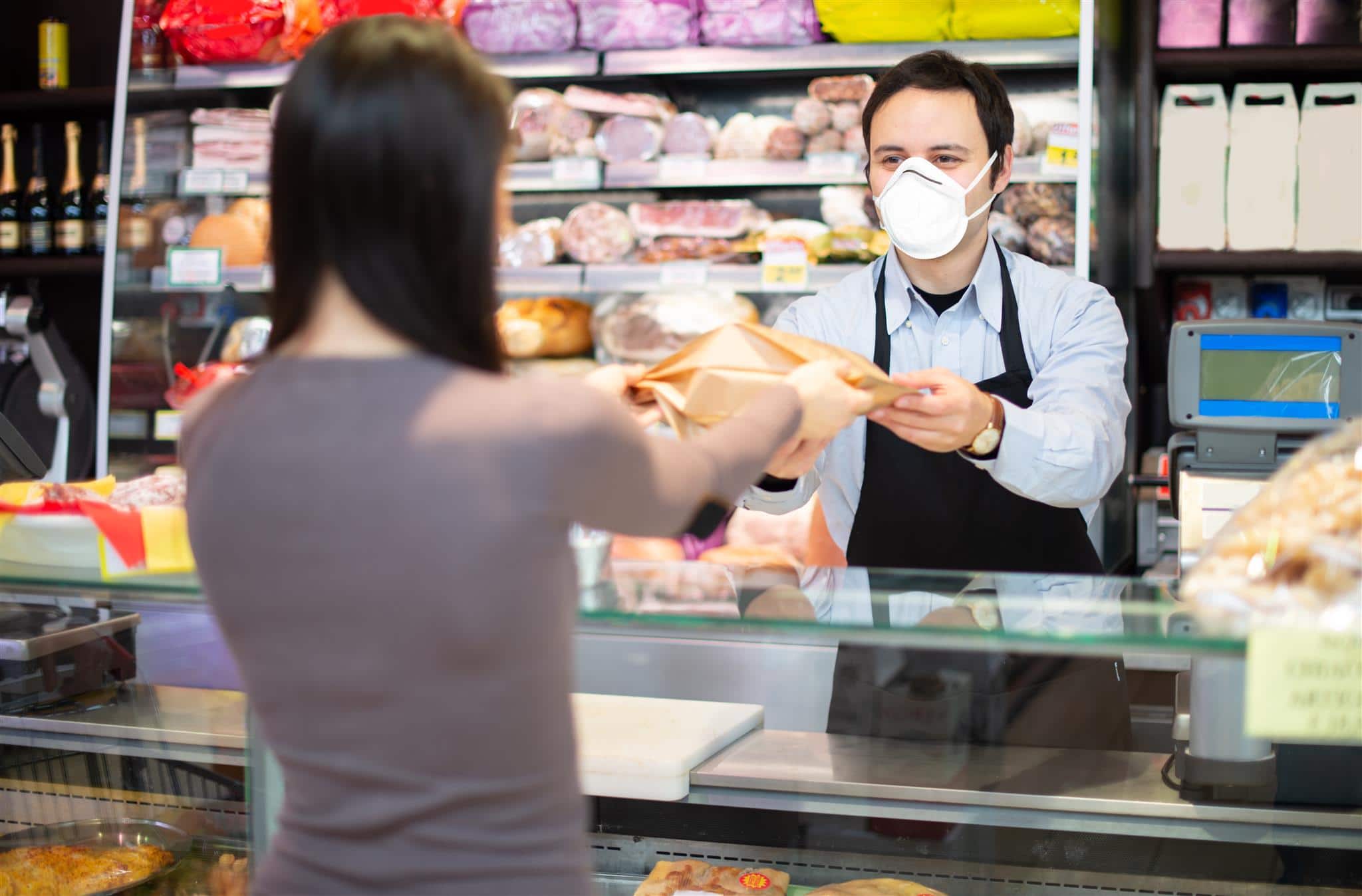Anyone who is unwell should not be at the workplace. If anyone develops symptoms at work such as fever, cough, sore throat, or shortness of breath, you should ask them to seek medical advice.
You are not expected, and should not try, to diagnose workers. However, you have a work health and safety duty to minimise the risk of workers and others in the workplace being exposed to COVID-19 so far as reasonably practicable.
If you reasonably suspect someone has the virus or has been exposed, this creates a health risk at your workplace, and you will need to follow the steps below. Do not wait until confirmation that a worker has COVID-19. You must act promptly to take reasonable steps to manage the risks.
However, you must always follow the advice of your state and territory public health unit and WHS regulator, even if it is different from this guidance.
For example, in Victoria, the DHHS receives all notification of confirmed cases. The DHHS will notify employers when an employee has been diagnosed with coronavirus (COVID-19) and has been infectious while in a workplace setting. The DHHS will provide guidance on any public health actions required but does not routinely notify employers of cases if there has been no assessed risk to the workplace, for example when someone has not attended the workplace while infectious.
We’ve collated some general steps below and for more information, please click here to visit the Safe Work Australia website, which includes hotlines for the states and territories.
Steps to take when the person you are concerned about has recently been at your workplace:
If someone is confirmed as having COVID-19 or is getting tested for COVID-19, they should already be at home.
If someone at your workplace is confirmed to have COVID-19, you may also need to notify your state or territory WHS regulator – see Safe Work Australia’s Incident Notification fact sheet for further information.
1. Seek advice and assess the risks
Seek government health advice by calling your state or territory COVID-19 helpline and follow their advice.
Ensure that you have current contact details for the person and make a note about the areas they have been in the workplace, who they have been in close contact with in the workplace, and for how long. This will inform you about risks to others and areas to clean and disinfect. This information may also assist your state and territory public health unit if they need to follow up with you at a later time.
2. Identify and tell close contacts
The state or territory public health unit will identify close contacts of a confirmed COVID-19 case and provide them with instructions, for example, in relation to quarantine requirements.
In the meantime, for the purposes of undertaking a workplace risk assessment, and to assist your state and territory public health unit, consider who the affected person may have had recent close contact with.
If instructed by health officials, tell close contacts that they may have been exposed to COVID-19 and the requirements for quarantine. You must maintain the privacy of all individuals involved.
3. Clean and disinfect
Close off the affected areas and do not let others use or enter them until they have been cleaned and disinfected. Open outside doors and windows if possible to increase airflow.
All areas, for example, offices, bathrooms, kitchens, and common areas as well as equipment or PPE that were used by the person concerned must then be thoroughly cleaned and disinfected. Further information on how to clean and disinfect can be found in Safe Work Australia’s Cleaning to prevent the spread of COVID-19 guide.
Your state and territory public health unit may also provide you with further information about how and where to clean. You must follow those instructions.
4. Review risk management controls
Review your COVID-19 risk management controls, in consultation with your workers and their representatives, and assess and decide whether any changes or additional control measures are required.
Return to work
Any staff member who tests positive for coronavirus (COVID-19), or an identified close contact, must remain at home in self-isolation until they have completed a 14-day quarantine period. Those who did not develop symptoms during quarantine do not need a medical clearance to return to work.
You should not ask these workers to be tested for COVID-19 in order to return to work.
For more information on managing cases of COVID-19 in the workplace, take a look at the preview version of our Business Continuity Manual – COVID-19 Best Practice Guidelines below:
{{cta(‘1c54b19c-b73f-49d1-8de2-3d96eef034a9′,’justifyleft’)}}
To get access to the full member guide, contact our membership team at: membership@retail.org.au.





















